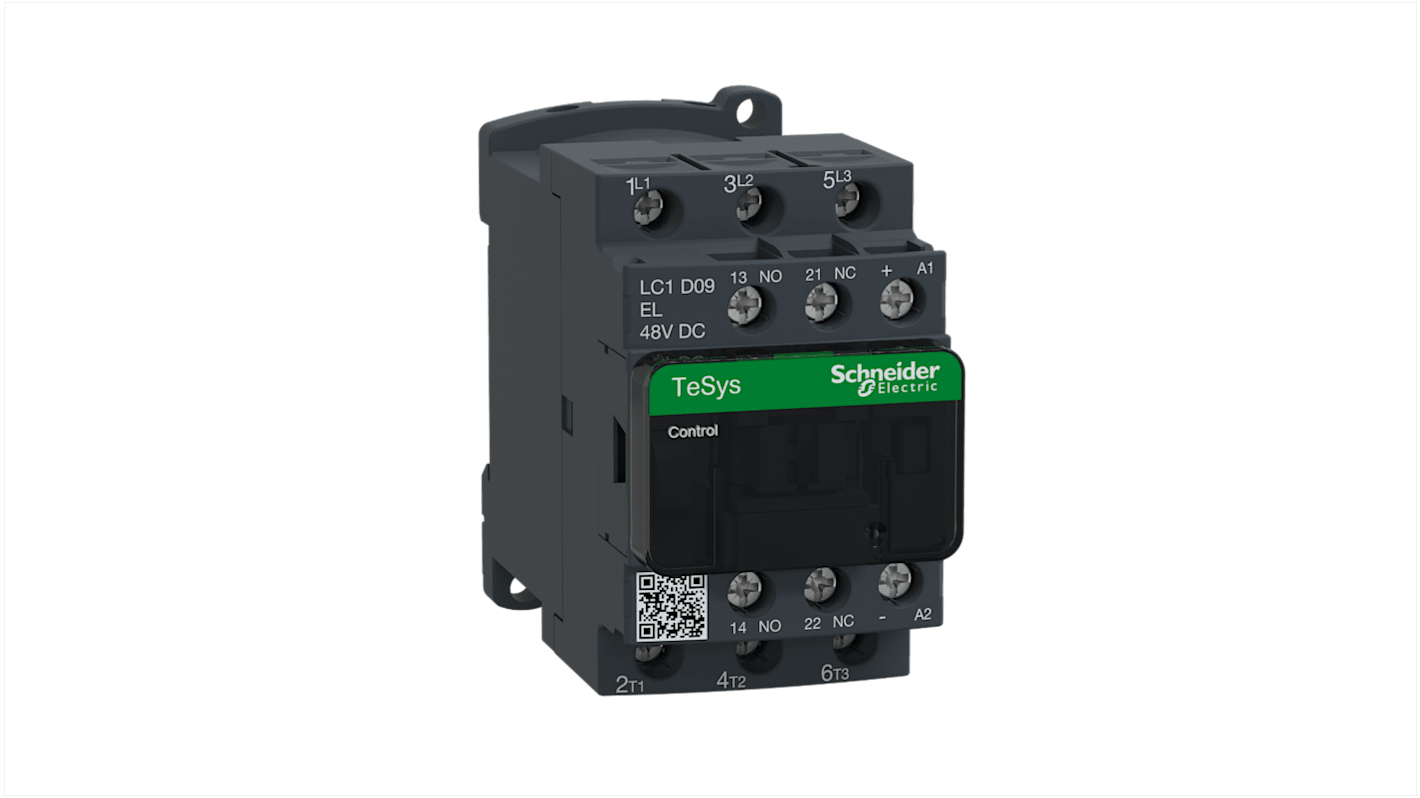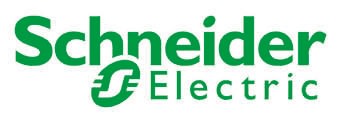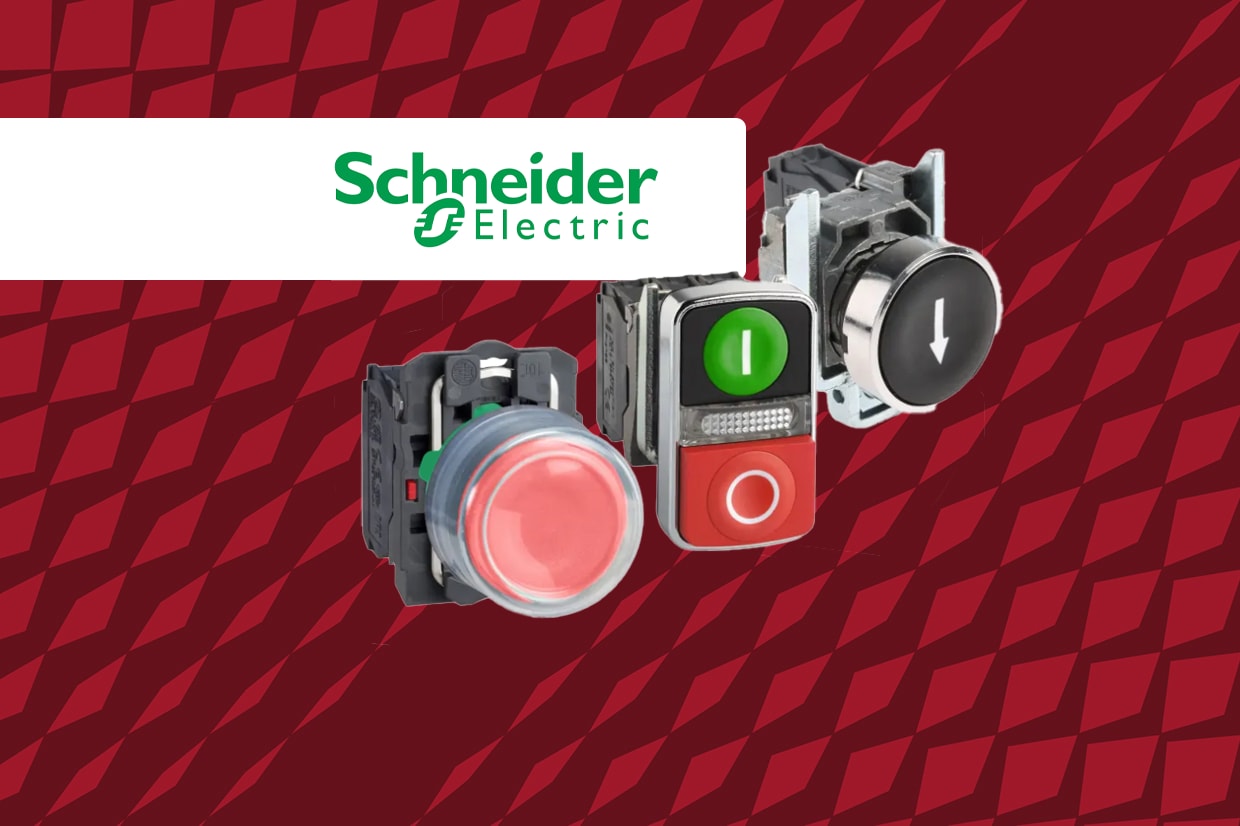Schneider Electric TeSys D LC1D Contactor, 48 V dc Coil, 3-Pole, 9 A, 3NO, 690 V ac/dc
- RS Stock No.:
- 744-7049
- Distrelec Article No.:
- 136-22-629
- Mfr. Part No.:
- LC1D09EL
- Brand:
- Schneider Electric

Subtotal (1 unit)*
£58.56
(exc. VAT)
£70.27
(inc. VAT)
FREE delivery for orders over £50.00
- 9 unit(s) ready to ship
Units | Per unit |
|---|---|
| 1 + | £58.56 |
*price indicative
Better World
Our Better World range features products that make it easy for you to make a greener product choice you can trust. Click here to find out more.
- RS Stock No.:
- 744-7049
- Distrelec Article No.:
- 136-22-629
- Mfr. Part No.:
- LC1D09EL
- Brand:
- Schneider Electric
Select all | Attribute | Value |
|---|---|---|
| Brand | Schneider Electric | |
| Coil Voltage | 48 V dc | |
| Number of Poles | 3 | |
| Contact Voltage Rating | 690 V ac/dc | |
| Contact Current Rating | 9 A | |
| Range | TeSys D | |
| Series | LC1D | |
| Normal State Configuration | 3NO | |
| Number Of Auxiliary Contacts | 2 | |
| Auxiliary Contact Configuration | 1NO + 1NC | |
| Terminal Type | Screw | |
| Width | 45mm | |
| Length | 77mm | |
| Depth | 95mm | |
| Better World Verification | Green Premium | |
| Better World Product | Yes | |
| Mounting Style | DIN Rail Mount | |
| Minimum Operating Temperature | -40°C | |
| Maximum Operating Temperature | +60°C | |
| Control Voltage | 48 V dc | |
| Pole and Throw Configuration | 3P | |
| Select all | ||
|---|---|---|
Brand Schneider Electric | ||
Coil Voltage 48 V dc | ||
Number of Poles 3 | ||
Contact Voltage Rating 690 V ac/dc | ||
Contact Current Rating 9 A | ||
Range TeSys D | ||
Series LC1D | ||
Normal State Configuration 3NO | ||
Number Of Auxiliary Contacts 2 | ||
Auxiliary Contact Configuration 1NO + 1NC | ||
Terminal Type Screw | ||
Width 45mm | ||
Length 77mm | ||
Depth 95mm | ||
Better World Verification Green Premium | ||
Better World Product Yes | ||
Mounting Style DIN Rail Mount | ||
Minimum Operating Temperature -40°C | ||
Maximum Operating Temperature +60°C | ||
Control Voltage 48 V dc | ||
Pole and Throw Configuration 3P | ||
Schneider Electric 3 Pole Contactors - LC1 Range
Features and Benefits
• Highly reliable
• Excellent quality
• Easily installed accessories
• Built-in coil suppression
• 3 NO poles
• 1 NO + 1 NC auxiliary contact composition
• Operating time when closing
• Contactors suffixed BL accept front mount auxiliary contact blocks but only the 2-contact version, they do not accept side mounted contacts
What does the utilisation category AC1 and AC3 mean for the TeSys contactors?
AC-1: This applies to all AC devices with a power factor of at least 0.95. Example of use: resistive load, heating, distribution.
AC-3: This applies to squirrel cage motors where breaking occurs while the motor is running. Example of use: all squirrel cage motors, lifts, escalators, conveyors, bucket elevators, compressors, pumps, mixers, air conditioning units.
What accessories are available?
• Front mount dust tight auxiliary contact blocks
• Pneumatic time delay blocks
• Transient voltage surge suppressors
• Interface modules and electronic timers
• Mechanical latching blocks
Schneider Electric LC1D09EL
Features & Benefits
• IP20-rated front face is touch-proof and protected against objects larger than 12mm
• Multi-standard screws for easy operating and system integration
Applications
• Irrigation systems
• Lighting installations
• Lifting and hoisting devices



